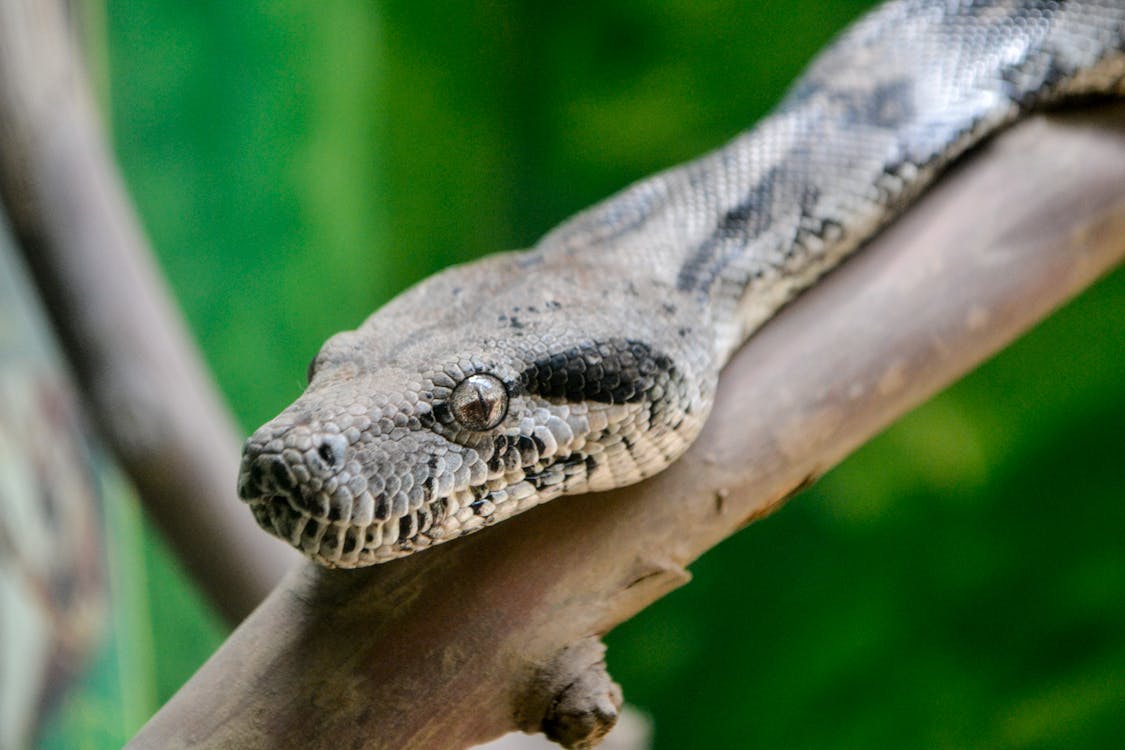Exploring the Blue Racer Snake: Coluber constrictor foxii
Coluber constrictor foxii, commonly known as the Blue Racer, is a fascinating subspecies of the Coluber constrictor, a nonvenomous colubrid snake. Delve into the world of the Blue Racer as we uncover its distribution, description, behavior, reproduction, and conservation status.
Distribution and Habitat
Blue Racers prefer open and semi-open habitats, including savannas, old fields, shorelines, and edges. Found primarily in select regions of the United States, such as Ohio, Indiana, and Michigan, as well as parts of Canada, their distribution is limited but crucial for their survival.
Description and Adaptability
With creamy white ventral scales and brilliant blue lateral scales, Blue Racers exhibit unique coloration. They are diurnally active foragers, showing adaptability to varying environmental conditions. Despite being relatively intolerant of high human activity levels, they thrive in areas with minimal anthropogenic interference.
Behavior and Reproduction
Blue Racers are active hunters, preying on insects, rodents, songbirds, and other snakes. Their mating rituals begin in April, with females laying eggs in late June. Communal nest sites are not uncommon, showcasing a unique aspect of their reproductive behavior.
Conservation Status
Considered endangered in Canada and a species of special concern in Wisconsin, the Blue Racer faces conservation challenges. Efforts to protect their critical habitat, especially on private lands, are underway, with designated reserves playing a crucial role in their preservation.
Conclusion
The Blue Racer Snake, with its distinctive appearance and ecological significance, serves as a symbol of biodiversity and conservation. As we navigate efforts to protect their habitats and ensure their continued existence, understanding the intricacies of their behavior and distribution is paramount. Let's join hands in safeguarding the future of the Blue Racer and preserving the delicate balance of our ecosystems.


Comments
Post a Comment